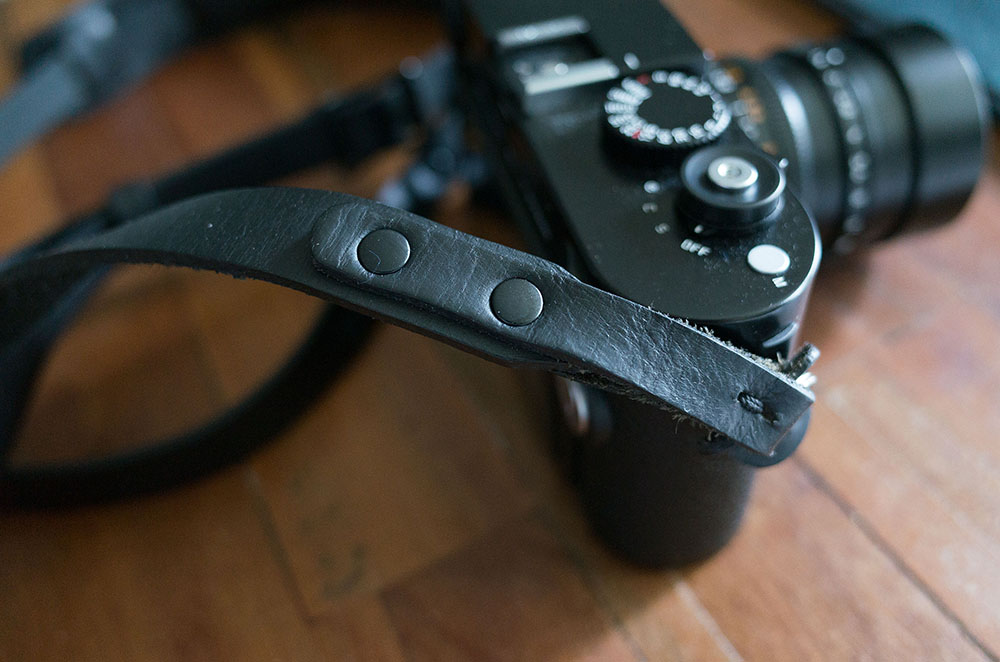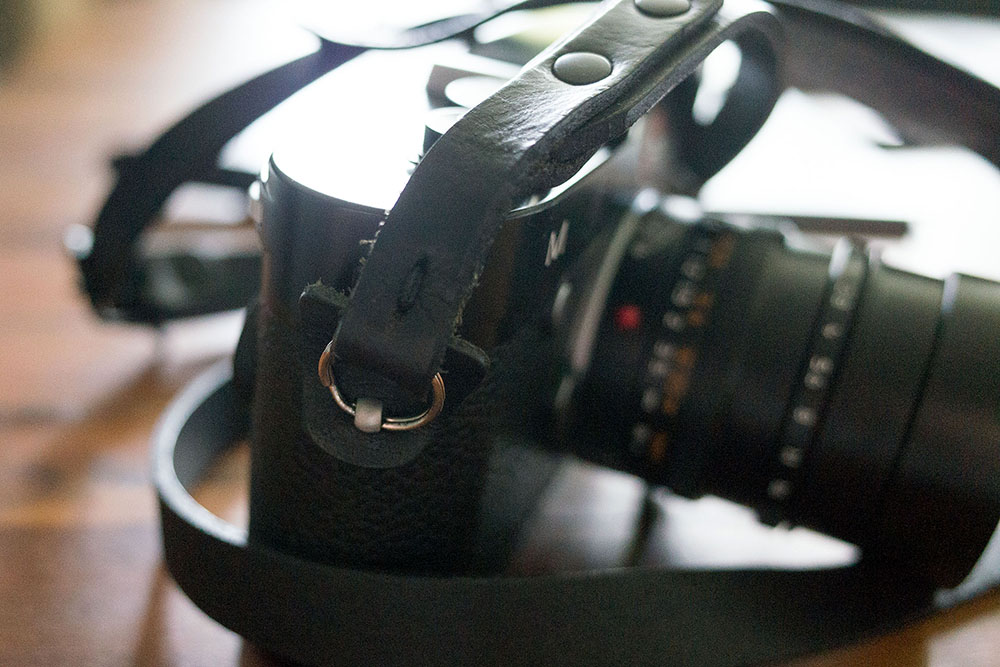Mamiya 7ii with 65mm F4
Let me begin by discussing how I came to be a Leica owner as I feel it helps to be explained. During my MFA in 2006 I started shooting with a Mamiya 7 I had borrowed from Pratt. It came with a 'regular' 80mm lens that I soon swapped for the 65mm lens feeling like it was comfortably wide without looking to gimmicky. I believed in making work during my masters degree that was focused on the content of the image and less about the process or the details of the camera that made it. By shooting with the equivalent of a 35mm lens I could capture a broader scene without getting too much perspective to distract the viewer. The Mamiya 7ii combination along with Kodak Portra NC film seemed to give me the best negative size to camera weight that I could find. It was discreet enough to carry around but created beautiful images that I was scanning on a Hasselblad Flextight and printing on an Epson 7900. The prints I was getting were really nice and for my final year I bought the Mamiya 7ii with a 65mm F4 lens that I took to India and spent a month making some of my favorite images to date that I showed at my thesis exhibition.
I had borrowed from Pratt. It came with a 'regular' 80mm lens that I soon swapped for the 65mm lens feeling like it was comfortably wide without looking to gimmicky. I believed in making work during my masters degree that was focused on the content of the image and less about the process or the details of the camera that made it. By shooting with the equivalent of a 35mm lens I could capture a broader scene without getting too much perspective to distract the viewer. The Mamiya 7ii combination along with Kodak Portra NC film seemed to give me the best negative size to camera weight that I could find. It was discreet enough to carry around but created beautiful images that I was scanning on a Hasselblad Flextight and printing on an Epson 7900. The prints I was getting were really nice and for my final year I bought the Mamiya 7ii with a 65mm F4 lens that I took to India and spent a month making some of my favorite images to date that I showed at my thesis exhibition.

Shot with a Mamiya 7ii, 65mm F4 lens on Kodak Portra NC
Ben Hider - Event Photographer based in New York City and Westchester
Leica M9 with 35mm F2.0 Summicron
After a few hard years working as a freelance event photographer I was incredibly lucky and landed a more permanent position as the photographer at the New York Stock Exchange. I knew within the first few months that I wanted to reconnect with my rangefinder photography, but didn't think I'd ever develop and shoot film again. The only option at the time was the Leica M9, so I spent months reading reviews, acquainting myself with the digital brand and watching my bank account. I'd known of Leica for years since studying The History of Photography (Beaumont Newhall), but never considered spending the money on such a luxury item, and honestly after reading reviews from the usual Leica-heads was totally turned off. Phrases like "that Leica glow" or long essays about the "Bokeh" were not what I wanted to read. Most videos you find discuss the shutter noise, or drool over the packaging. The bloggers are full of pompous comments and grandiose statements about how a real photographer does this and that, with photographs of brick walls to prove lens quality.
(Beaumont Newhall), but never considered spending the money on such a luxury item, and honestly after reading reviews from the usual Leica-heads was totally turned off. Phrases like "that Leica glow" or long essays about the "Bokeh" were not what I wanted to read. Most videos you find discuss the shutter noise, or drool over the packaging. The bloggers are full of pompous comments and grandiose statements about how a real photographer does this and that, with photographs of brick walls to prove lens quality.
Finally my B&H order became available and in late 2010 my Leica M9 came through soon followed by a Leica 35mm f/2.0 Summicron
came through soon followed by a Leica 35mm f/2.0 Summicron Lens. I was beside myself and shot everything I could, not really thinking about all the flaws of the camera. I finally owned a red dot, and if I'm honest the status symbol was a distraction for the work I wanted to start making. It seemed like the closest setup possible to the Mamiya I loved so much in grad school.
Lens. I was beside myself and shot everything I could, not really thinking about all the flaws of the camera. I finally owned a red dot, and if I'm honest the status symbol was a distraction for the work I wanted to start making. It seemed like the closest setup possible to the Mamiya I loved so much in grad school.
Unfortunately the camera was slow, clunky, and heavy. The cards often failed to read properly and images never looked great above ISO 1600. (Most of my paid photography work is on a dark trading floor) A year into owning the camera and I secretly hated it. I would despise the attention it drew from either people being interested in the "retro" look or camera nerds coveting it just because they see the red dot. I covered over the Leica logo and tried to just enjoy the rangefinder element. I updated the firmware, which made me annoyed that it took me so long as there was a marked increase on SD card performance and general camera function. I hated the Leica strap out of the box with its spiky rubber neck pad, so had quickly attached an Artist & Artisan leather strap. It took me another year to realize that it made my neck sore due to lack of 'bounce' or give in the leather, so I upgraded that to a softer and bouncier reportage strap (by Apolis). This change made a huge difference, I no longer hate carrying the thing around. The trouble with owning a $10,000 camera is that it needs to be used for it to have value, but taking it everywhere feels like a struggle because it's worth so much. Oh, and I should add that the battery sucks.
So there is a page of negatives about the Leica M9, but here are the positives. It is a beautiful camera to interact with, reminding you of all the things a camera needs without any of the gadgets and flashy features. Aperture, shutter speed and focus are all there, and not much more. The full frame sensor is a feat of engineering, and makes pretty great images below ISO 1600. The lenses are all sharp and pretty great wide open (getting any lens on any camera 100% sharp at F1.4 is a struggle no matter the technology) It is pretty successful at auto white balance in tungsten light. My 5D Mark ii's would struggle to understand tungsten but the Leica M9 does a pretty solid job at making skin tone look normal, although there is alway more magenta than I'd like. Not wanting to be a Leica snob who talks about the history and grandeur of the brand, I have to admit that owning a Leica does connect you to a long and illustrious history and separates you from the pack. Being different in a sea of photographers is important and shooting with a digital rangefinder immediately separates you from the Canon/Nikon DSLR crowd. That doesn't mean it takes better photos or will elevate your own brand, you could argue that it hurts your photography especially if you don't use it properly. You can read a million blogs about rangefinders slowing you down and making you think, all of that is true and can help, but I also enjoy shooting to capture quick moments without the thought involved in manually focusing. (I expect a few people to try and explain the benefit of using zone focus)
In recent months I've been re-evaluating my camera collection and my personal shooting needs/desire (and watching my Mamiya 7ii collect dust in my office). Selling my Mamiya 7ii was the hardest camera sale I've done. Knowing that rotating equipment is important especially in this digital age, but losing my last film camera was not easy. I knew the money could be used to upgrade my M9, so the blog reading began again. Was the Leica M240 worth the upgrade? I could find very few posts discussing any problems with the M9, I guess everyone had moved on. But I also couldn't find much comparing the 2 and honestly talking about the reason to upgrade. Was the camera more responsive, were the files really better, did the SD card fail as much. Without really knowing much more than I was still secretly unhappy with my M9 and I had accumulated enough money to afford the Leica M, I went to B&H and took the plunge.
Leica M240 with 50mm F1.4
My immediate impressions when I first held the Leica M at the store was that it felt great and the camera fired much faster. Aesthetically it looks basically the same, a few logo shuffles and a side indentation removal for the microphone, but essentially the same. Once I got home with my own camera, and unboxed (see many nerdy youtube variations) it I reattached my strap, put about 5% on the battery and started shooting. The differences are immediately noticeable. The Leica M responds to the touch immediately, It doesn't even seem to buffer as much when shooting continuously. The frame lines are nicer, clearer and the focusing screen seems brighter (although I have noticed a marked difference when fingerprints are wiped from the 2 viewfinders on the front, and this being brand new had none). The camera menu is completely different and not entirely intuitive at first, but I seem to be getting used to it. The files are much nicer in my opinion. They're bigger and cleaner which makes a huge difference. ISO 2500 is now a real option, and not just a sacrifice under poor conditions. I think the biggest difference is the feel of the shutter release button. It finally feels great, and when you press it the camera responds. Not to say the M9 was unresponsive, but somehow the button and therefore my interaction with the camera never felt right. I've owned the camera for a few weeks now, and it already feels more natural. Leica snobs won't like the live view or video features, but for me they work so well that you'd be an idiot not to embrace the technology. Oh, and I should add that the battery doesn't suck anymore!
I should also think of a few disadvantages... which could take me a while. Really, the biggest issue remains the lameness of the people who obsess over the brand. You will read crap like, "Like any other work of art, a man owns a LEICA because he deserves it." Another issue may be that I'm guessing that the Leica M is a little heavier (3oz) which isn't much but probably does add up over a long day. I haven't yet found the exposure compensation adjustment yet, which is a shame because it was easily adjusted on the M9. Generally the down sides all seem irrelevant if you've upgraded because you can finally enjoy using the camera. Like all cameras or even pieces of technology in general, when a company makes a newer model, it's generally improved!
Should you upgrade?
This question, like pretty much everything I've written so far, is completely subjective. If you mainly shoot outside, you never need to shoot quickly or a number of frames rapidly, then a M9 would be great. It's full frame and provides some sharp beautiful files. However if you're like me and you're lazy but you love shooting with a rangefinder the Leica M240 will have a ton of advantages over the M9. Price is a problem, but we all know that getting into the Leica game. It's always fun to justify your love of the brand by referencing "The Leica Freedom Train," that should shut most people right up!
I can't really justify owning one, I bought it at a time in my life that I felt like I could afford it, thankfully now that I've sold some old equipment it's allowed me the opportunity to upgrade. It's important to note that I'm still embarrassed by the idea of being a "Leica man" because of all of the rubbish you read. Statements like "LEICA shooters know how to shoot, so even ISO 3,200 is unnecessary," are silly. Do Leica owners glow? However now that I own the camera I could not be happier with its ability to reconnect me with photography, and that's something that most working photographers I know long for. I've found that even in the short time that I've owned the new camera I have enjoyed carrying and using it more than I ever did the M9.
For actually a good read on the Leica M240 read Kristian Dowling's blog post here, he has a nice perspective on the whole subject and is a fellow event photographer living in Oz. If you just want to peep show rangefinders (primarily film) head over to my friend John Sypal's blog Tokyo Camera Style, his work is amazing and should be enjoyed
Here are a few examples of images I like from my Leica M and Zeiss 21mm 2.8 (uncropped, untouched, resized DNG to Jpeg)


Buy the Leica M24 from Amazon here - Leica 10770 M 24MP RangeFinder Camera with 3-Inch TFT LCD Screen - Body Only (Black)
See more reviews on my "Carry Camera" review blog
Ben Hider - Event Photographer based in New York City and Westchester




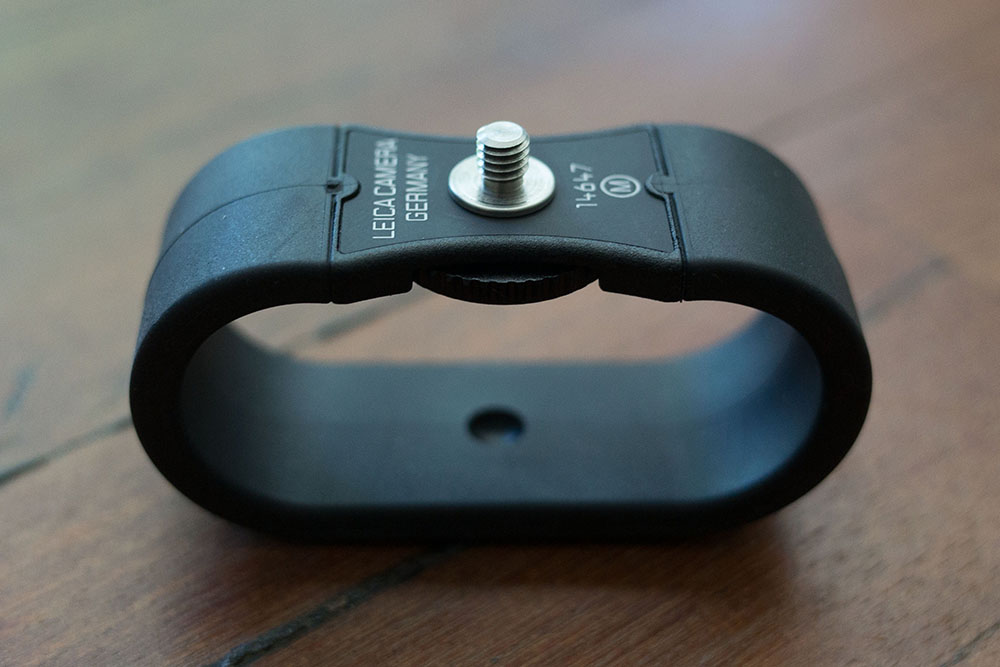



 and
and  is 3.6lbs, so the
is 3.6lbs, so the 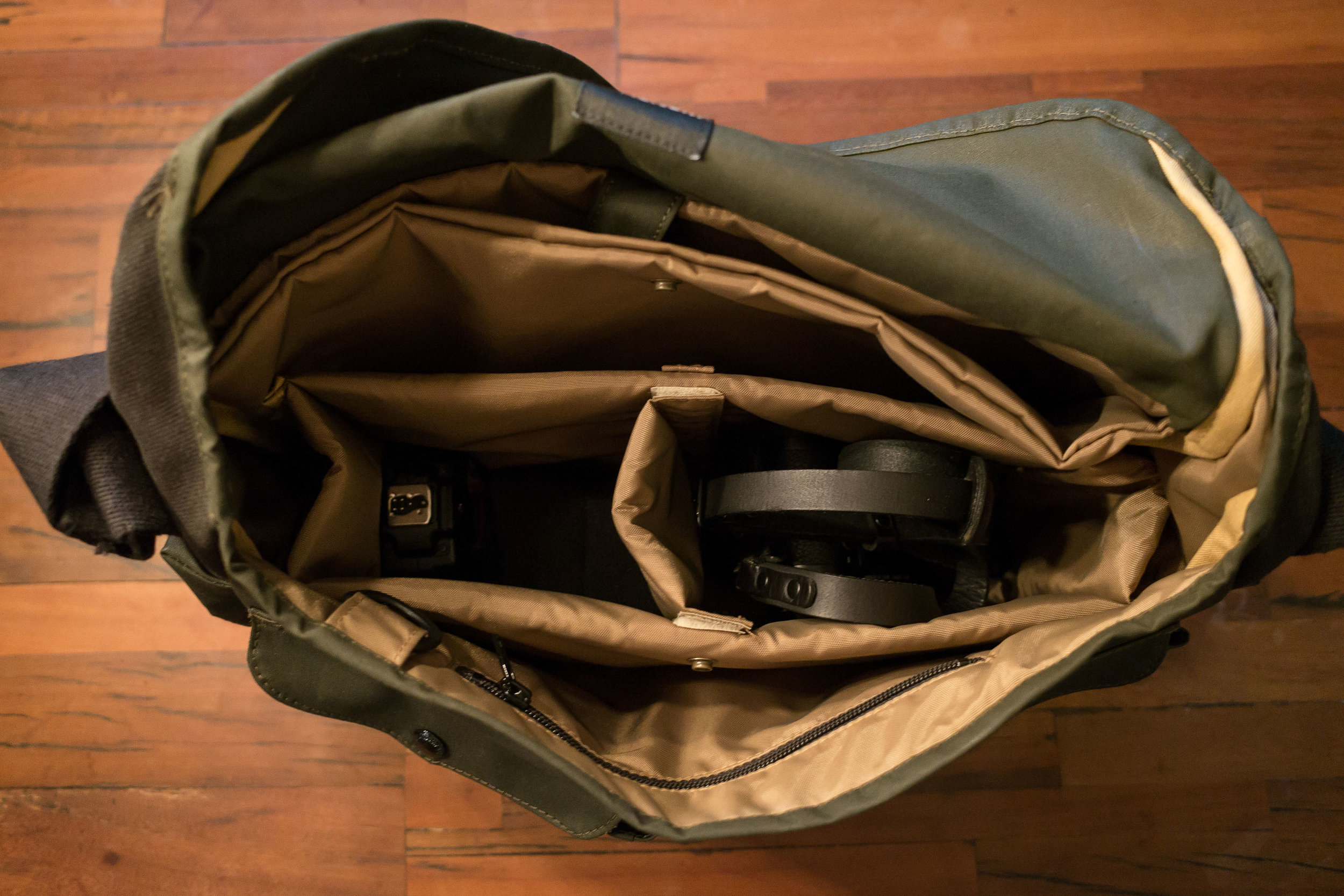


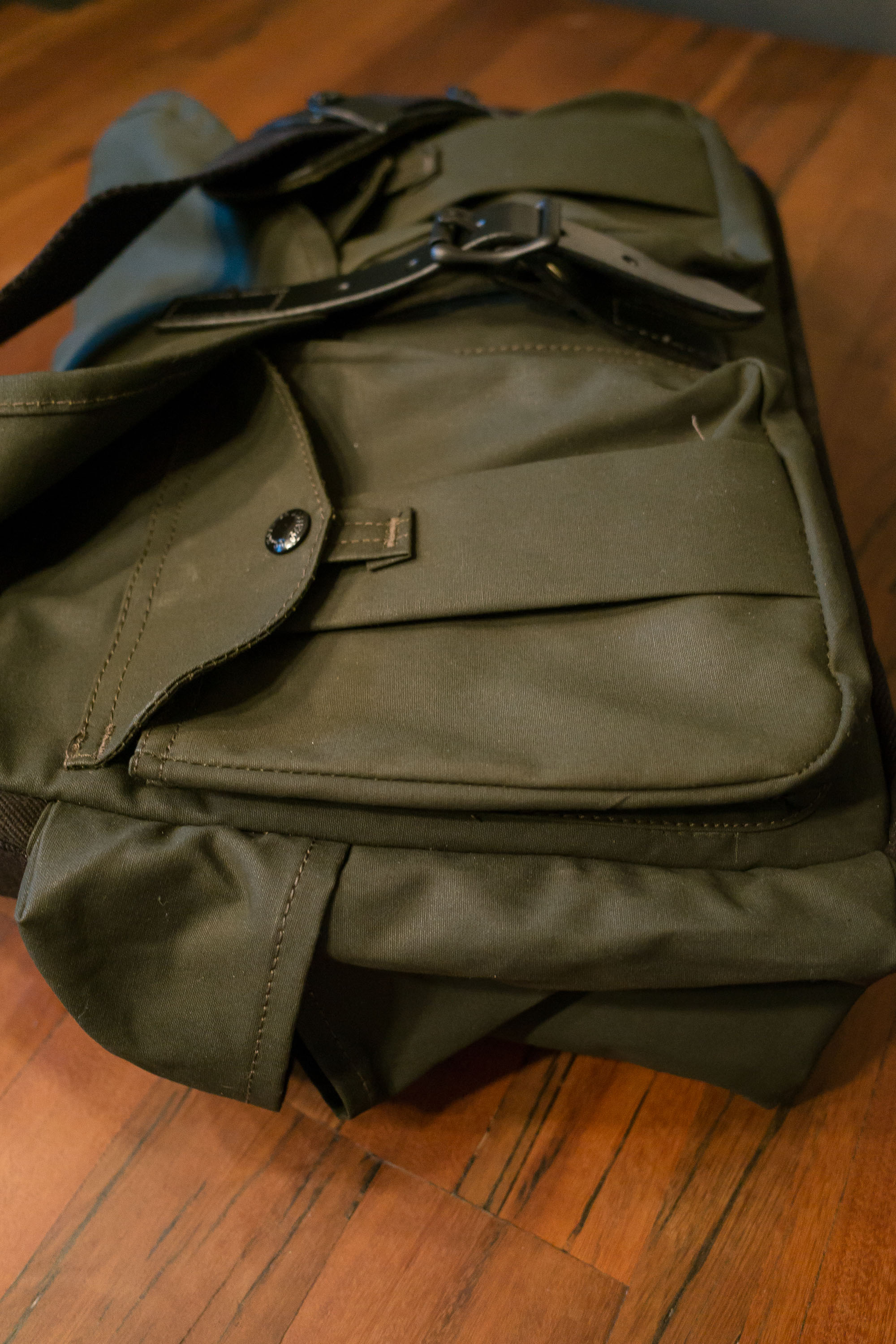
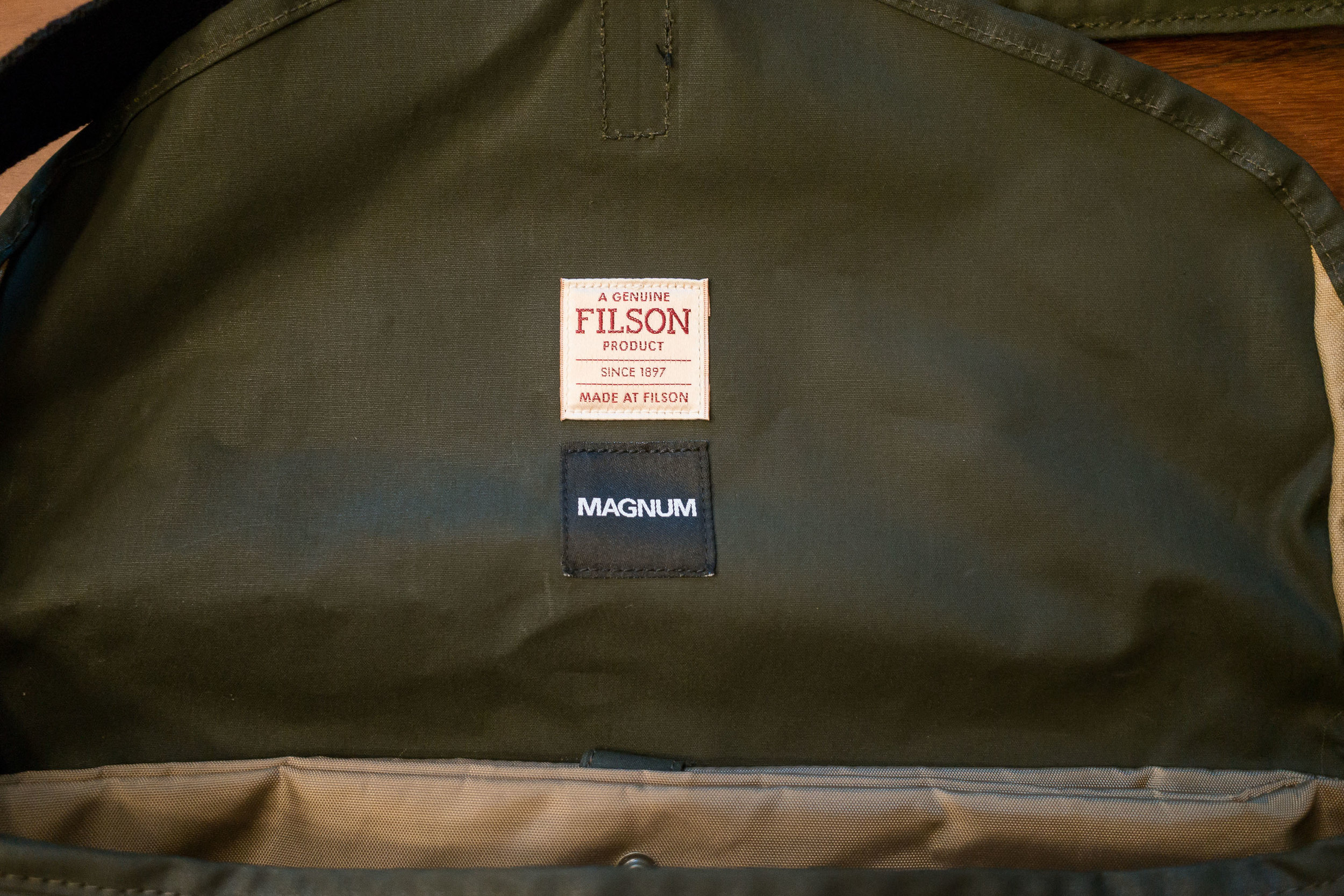


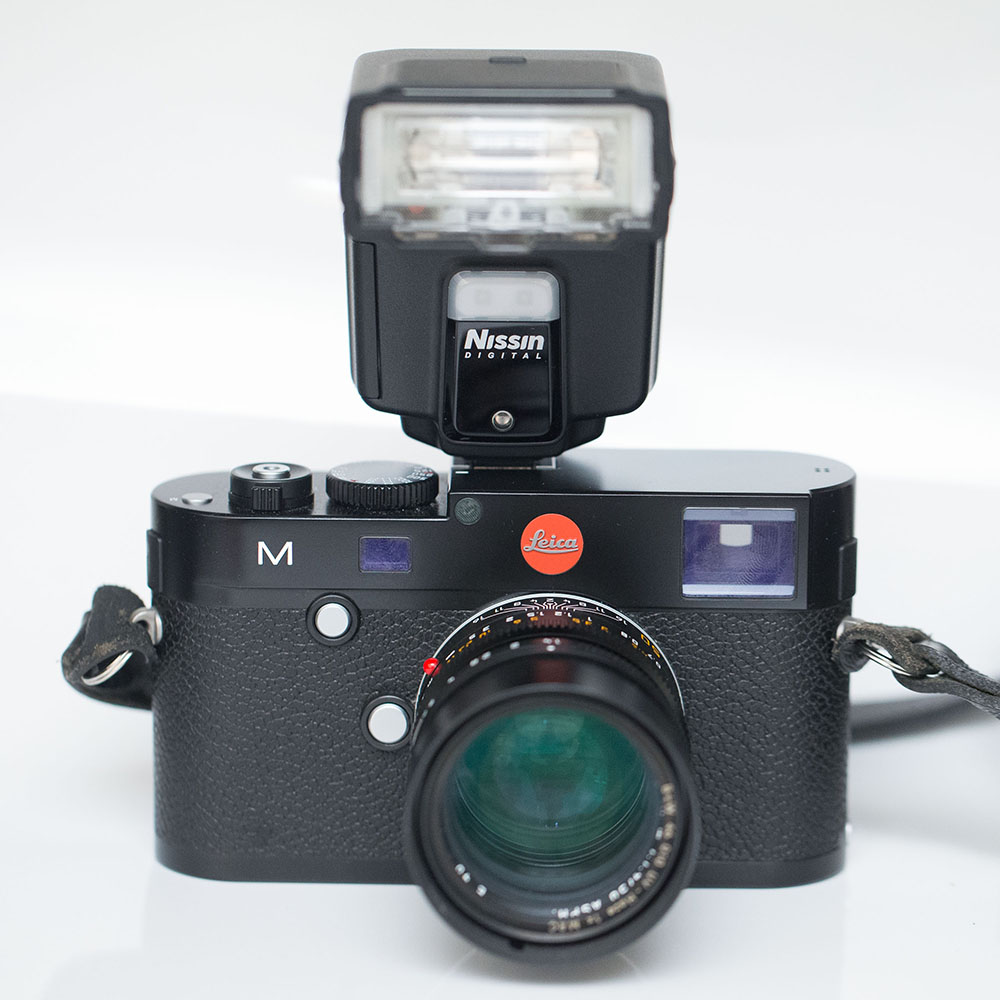 I've been looking for a new compact flash for my Leica for a long time. The
I've been looking for a new compact flash for my Leica for a long time. The 

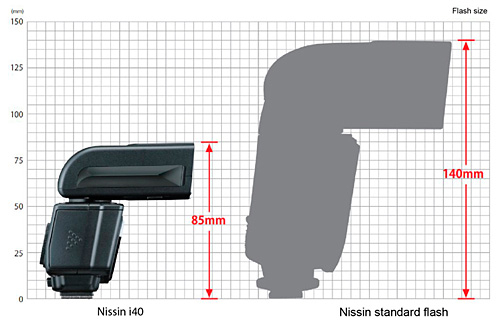
 I had borrowed from Pratt. It came with a 'regular' 80mm lens that I soon swapped for the 65mm lens feeling like it was comfortably wide without looking to gimmicky. I believed in making work during my masters degree that was focused on the content of the image and less about the process or the details of the camera that made it. By shooting with the equivalent of a 35mm lens I could capture a broader scene without getting too much perspective to distract the viewer. The
I had borrowed from Pratt. It came with a 'regular' 80mm lens that I soon swapped for the 65mm lens feeling like it was comfortably wide without looking to gimmicky. I believed in making work during my masters degree that was focused on the content of the image and less about the process or the details of the camera that made it. By shooting with the equivalent of a 35mm lens I could capture a broader scene without getting too much perspective to distract the viewer. The 
 (Beaumont Newhall), but never considered spending the money on such a luxury item, and honestly after reading reviews from the usual Leica-heads was totally turned off. Phrases like "that Leica glow" or long essays about the "
(Beaumont Newhall), but never considered spending the money on such a luxury item, and honestly after reading reviews from the usual Leica-heads was totally turned off. Phrases like "that Leica glow" or long essays about the " came through soon followed by a
came through soon followed by a  Lens. I was beside myself and shot everything I could, not really thinking about all the flaws of the camera. I finally owned a red dot, and if I'm honest the status symbol was a distraction for the work I wanted to start making. It seemed like the closest setup possible to the Mamiya I loved so much in grad school.
Lens. I was beside myself and shot everything I could, not really thinking about all the flaws of the camera. I finally owned a red dot, and if I'm honest the status symbol was a distraction for the work I wanted to start making. It seemed like the closest setup possible to the Mamiya I loved so much in grad school.


